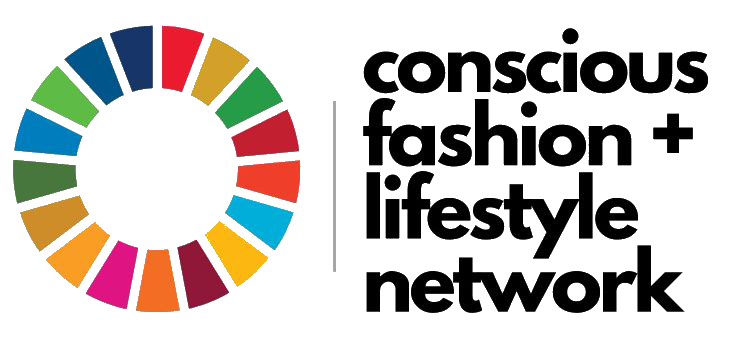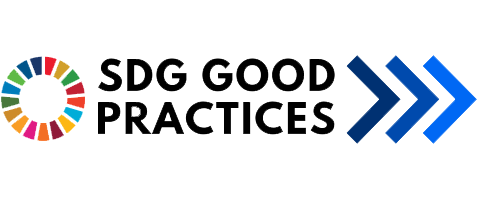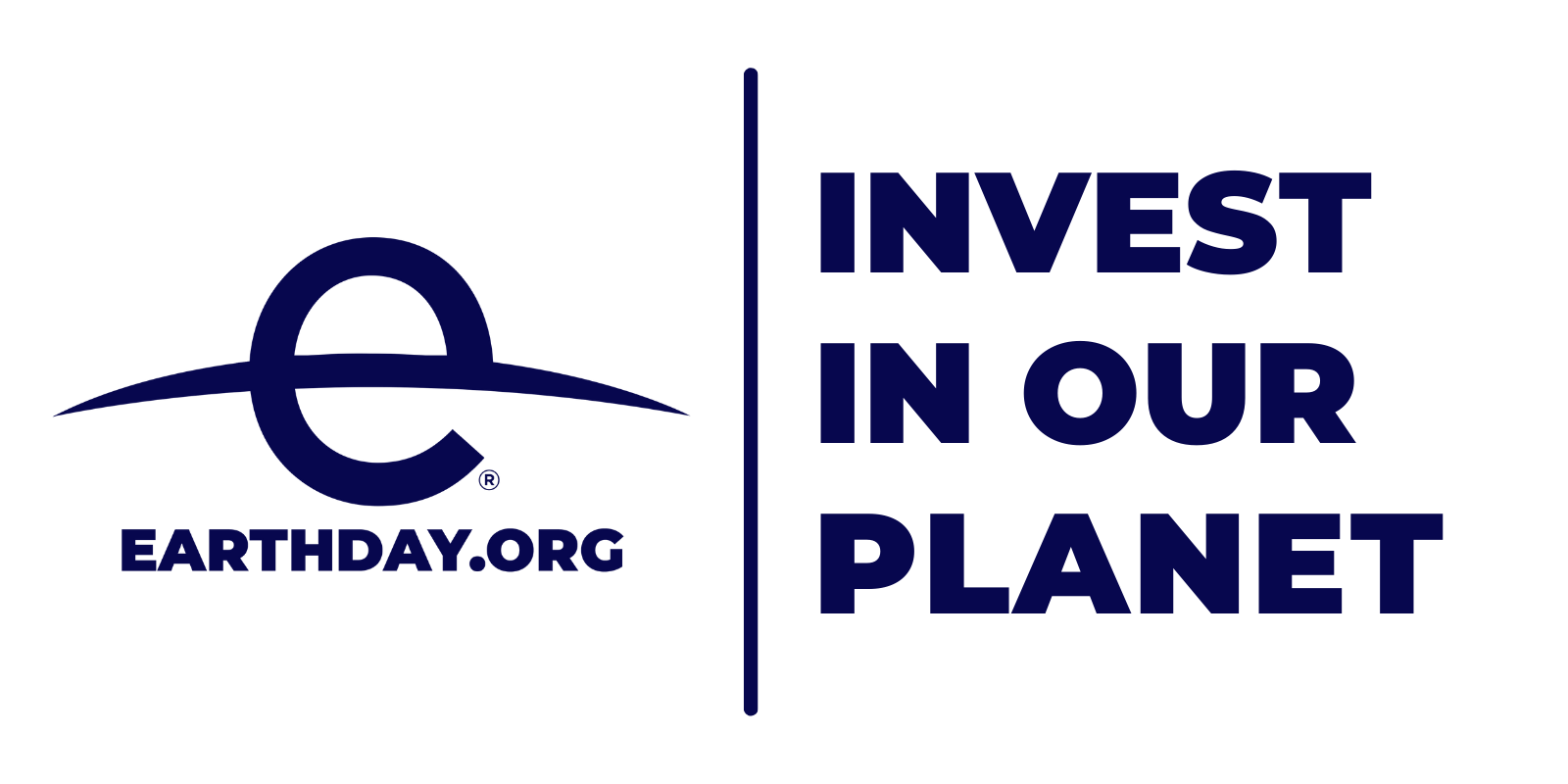The Global Madness of Microplastics
There is perhaps no better moment for the world to change and by change we mean the need to change our business climate, the political climate and act on the world’s climate. But what does it take? Nothing less than unstoppable courage to preserve our planet, the animals that share our plant and to protect our health, our families, and our livelihoods.
We need to act boldly, innovate broadly, and implement equitably and it’s going to take all of us. Businesses, governments, and citizens — everyone must be accounted for, and everyone accountable to effectively create a partnership for the planet.
There is still time to solve the climate crisis, time to choose BOTH a prosperous and sustainable future, and time to restore nature and build a healthy planet for our children and their children, but our time is short.
For this 52nd anniversary of Earth Day 2022 the theme was “Invest In Our Planet”. And the challenge as “What Will You Do?”. 2022 represented ACTAsia’s 2nd celebration of Earth Day, so we knew ACTAsia had to invest in our planet and act decisively.
ACTAsia focused on the theme of ‘Plastic Pollution’ in response to the international and domestic attention given to the danger of plastic on our environment and to the challenge of addressing the madness created by microplastics. Whilst plastic revolutionised our lives, it is threatening global ecosystems at an alarming rate and now microplastics are found everywhere on earth, a real threat to animal, human and environmental health.

Plastic pollution was also central to the fifth session of the recent United Nations Environment Assembly (UNEA5). The goal of this summit was to tackle global plastic pollution and to discuss the development of the first global agreement to tackle the plastic crisis. Plastic production and pollution are exacerbating three global crises – climate change, natural degradation, and pollution – that could lead to disaster if left unchecked. Shockingly it is expected that by 2040, around 710 million tonnes of plastic waste will be discarded into the natural environment globally each year.
This year also saw the screening of Microplastic Madness in schools all around China to highlight microplastic pollution (the screening was a result of a collaboration with the film maker and environmental education organisation, Cafeteria Culture (ACTAsia provided a translation of the film so that it is now available with Chinese subtitles). ACTAsia felt that featuring this film to students for Earth Day was particularly poignant. Microplastics, at less than 5mm long, can be harmful to oceans and aquatic life and come from a variety of sources, including from larger plastic debris that degrades into smaller pieces and are present in a variety of products, from cosmetics to synthetic clothing to plastic bags and bottles. Many of these products readily enter the environment as waste.

Teachers in the participating schools had 11 days in which to conduct at least one ‘Reducing Carbon’ lesson for their students and related activities conducted by the participating schools included making useful tote bags from old clothes, observing microplastic microfibres under the microscope, home waste surveys and good old fashioned litter picking.
Older students were involved in some high-level discussions including the importance of SeaVax boats – ocean drone ships designed to filter and shred and clean plastic from the north and south Pacific – in the battle against plastic waste.

To really engage with the students and educators, ACTAsia also launched a competition for the best short video and best photo. Participants were invited to capture a range of emotions as the students were involved with the Earth Day activities. The top six submissions will be featured on ACTAsia’s social media channels giving participants the opportunity to join a network of like-minded professionals and the chance to promote their school on an international platform.

Educators were also invited to ask the children a range of questions as part of the Earth Day activities to encourage the students to interact with the topics. These included:
- What new things did you learn about protecting the planet?
- What are the problems facing our planet?
- Is there anything you can do to help our planet?
- What will you change about your behaviour?
- If you were the leader of your country, how would you protect the planet/climate change/plastic pollution/animal welfare?
- How can you help your parents make a difference?
By engaging with these questions children learnt about the impact of plastic as an everyday item and were also encouraged to take action to help reduce carbon emissions and take up the fight against climate change. Educated children of today will be the positive change-makers of tomorrow, addressing challenges and issues that all ecosystems on earth face right now.
ACTAsia’s founder Pei summarises the critical importance of highlighting Earth Day
Microplastics are increasingly present in the marine environment and scientists have been finding plastic fragments in a wide range of animal species – from tiny crustaceans to birds and whales. New studies show that microplastics are also harmful to human cells. Many children and consumers are unaware that their daily practice of buying and using large quantities of plastics has such a detrimental impact on the health of people, animals, and the environment. ACTAsia is excited that our annual Earth Day event enabled us to train educators and teach thousands of children about the serious impact of microplastics on our global health. We certainly could not achieve these outcomes with the supports from the educators, the SeeWo company and our supporters.

Special mention should be made of Seewo (Firefly Project of Seewo(希沃录播“萤火计划”)an online setup where teachers could engage with the children via a screen. Thanks to Seewo, ACTAsia reached an additional 422 schools remotely. The educators were really invested in the project, and it was their initiative to include classes where there was only one child.
![ACTAsia [logo]](https://www.actasia.org/wp-content/themes/ACTAsia-2022-theme/assets/img/actasia-en-colour.svg)



